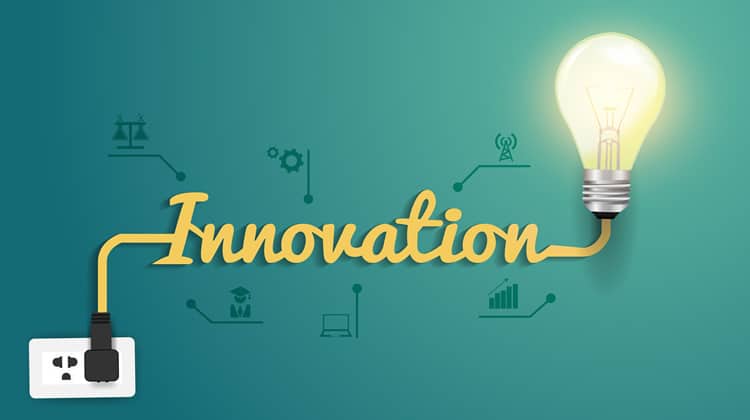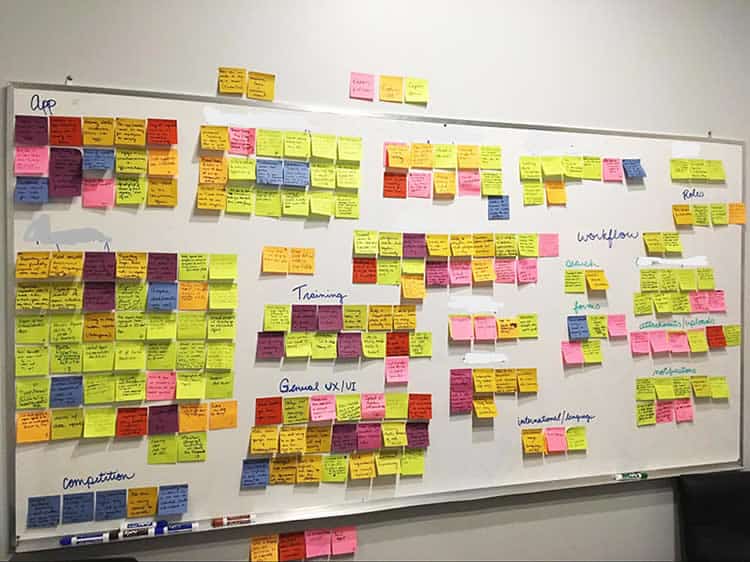
Recently, I have written about different, often unexpected sources user experience designers can mine inspiration from. Whether you are stuck in a creative rut or want that motivational spark that comes from seeing masterful UX design, these wells of inspiration can help get the design gears in your head turning.
However, that is only half the battle because inspiration is one thing, execution is another. You can stare at the Mona Lisa for as long as you want but you still actually have to act upon the creative inspiration and motivation you are gleaning from it. You need to alchemize something intangible into something material.
So how do we bridge that gap? How do we convert inspiration into actionable innovation?
In other words, you are inspired – now what?
Switch Up The Design Process
This is a delicate manoeuvre, and potentially a scary one. If you are feeling inspired but unsure how to act upon it, one of the best ways to do this is to modify your design process. The trick here is to strike the right balance. You want to inject innovation without changing the fundamental underpinnings of your process.
I would start with what is arguably the most flexible stage of the UX design process: research & discovery. Just about every design process begins with some form of this phase, and most of it is at the complete discretion of the UXer. In R&D, you do not have to worry as much about tight deadlines or multiple milestones just yet – you have some breathing room to innovate as you tackle the prospect of learning and understanding a user and their experience.
Innovating in the discovery phase does not have to be anything wildly disruptive. It can be as simple as choosing a research technique you have not used before or are not familiar with. If it is new for you, you are innovating your process, and you are opening up opportunities for your inspiration and creativity to flow.
However, if you are feeling even more ambitious, you can try innovating by creating a research technique that is entirely new. That is what a few of Codal’s designers did when they created Innovation Days, a sort of hyper- collaborative brainstorming session between project stakeholders that often don’t get to meet. (If you would like, feel free to crib our idea. You can read more about Innovation Days here).

However, whether you are swapping out your usual R&D with a different methodology, or dreaming up something entirely new, the result is the same: an opportunity to flex your creative muscles and translate your inspiration into design choices.
Collaborate With Someone New, But Really New
We all know that quality UX design does not happen in a vacuum. It is inherently a collaborative exercise, performed by designers, business analysts, and users, all working in tandem. I am sure you incorporate this into your design process all the time, whether it is simply asking a fellow UXer what they think of your design, or conducting focus groups with users.
However, an easy, and often surprisingly effective method to innovate is merely to consult with someone unattached from the project. This does not have to be another designer either -it can be anyone available to you, as a marketer, HR rep, or even a content writer like myself.
Bringing in a completely different set of eyes to the project helps spur innovation and can even dislodge some creative logjams. So many designers I talk to have succumbed to the pitfall of tunnel vision, so bringing in someone with the advantage of total detachment can help pull you out of the weeds and remind you of the big picture.
Incorporate New Technologies
Another excellent way to create an innovation opportunity is to incorporate cutting-edge technologies you may not have designed for yet into your project. While this is dependent on your client’s preferences, the scope of the project, and of course, the budget, your client can benefit from the latest tech innovations, and you get a chance to try something entirely new.
These technologies could be AR/VR, IoT, or even voice-based user interfaces. If it presents a new challenge, chances are you are going to have to get innovative to make it work seamlessly with your design.
Stay Creative
Inspiration can come and go, but creativity and innovation should be constants in your artistic process. That is why it is important to stay innovative, even when you are not entirely ‘inspired’. The best advice I ever received on remaining creative, also when you were not motivated, was to treat it like a muscle and work it out every day.
As Maya Angelou once said, “you can’t use up creativity. The more you use, the more you have.”
Want to learn more?
Want to get an industry-recognized Course Certificate in UX Writing, UX Design, Design Thinking, UI Design, or another related design topic? Online UX courses from the Interaction Design Foundation can provide you with industry-relevant skills to advance your UX career. For example, Design Thinking, Become a UX Designer from Scratch, Conducting Usability Testing or User Research – Methods and Best Practices are some of the most popular courses. Good luck on your learning journey!
(Lead image: Depositphotos)
